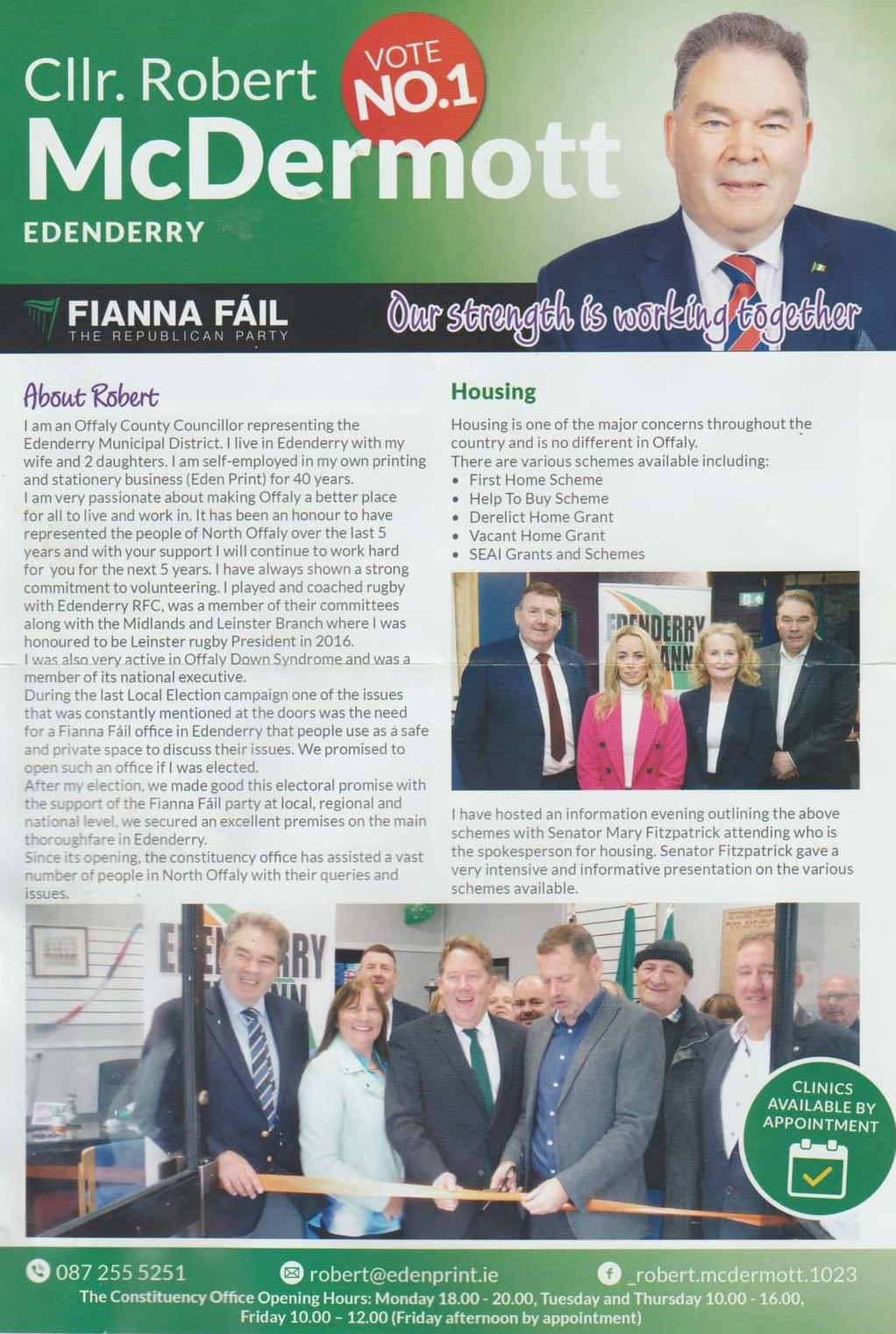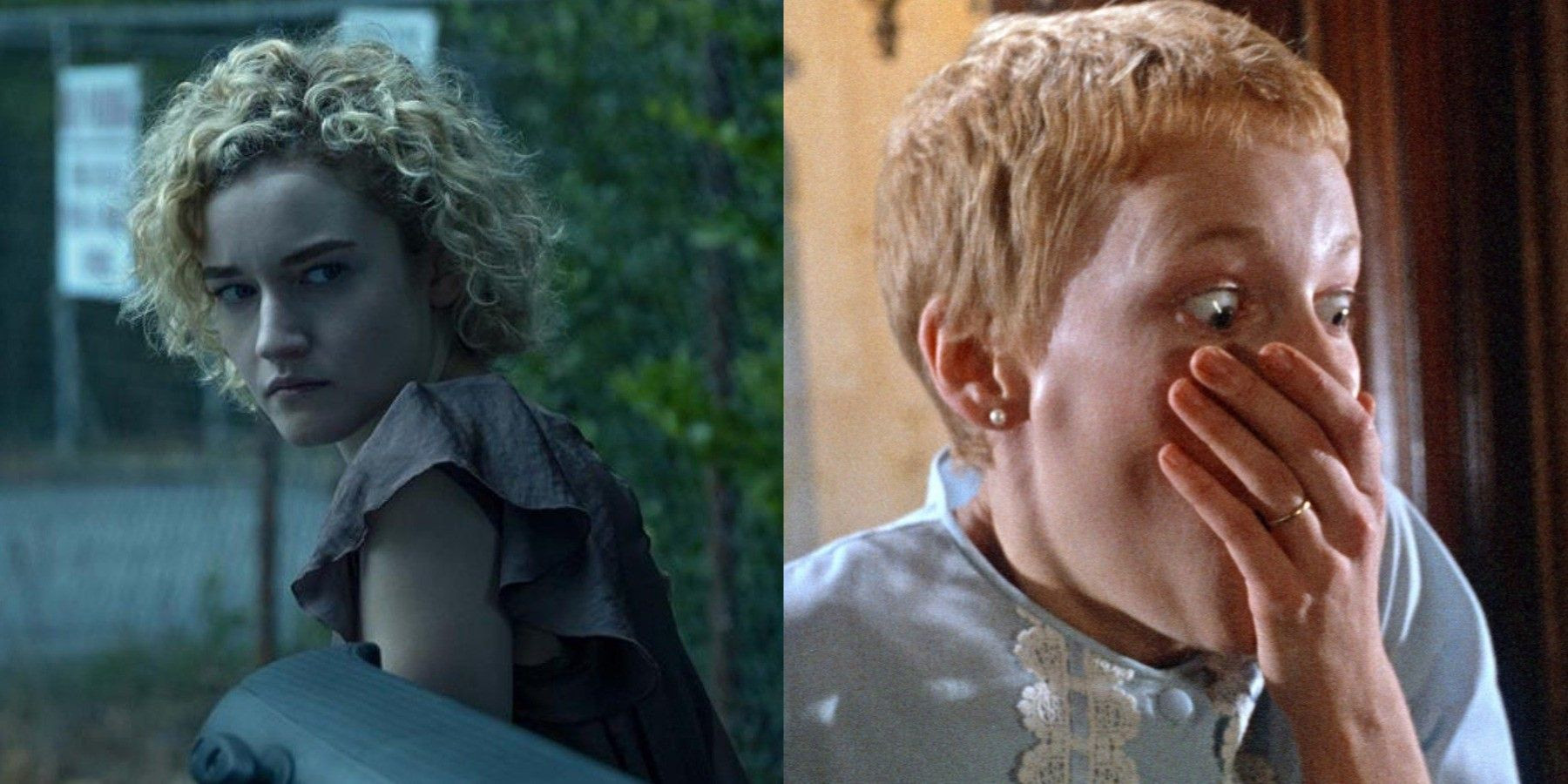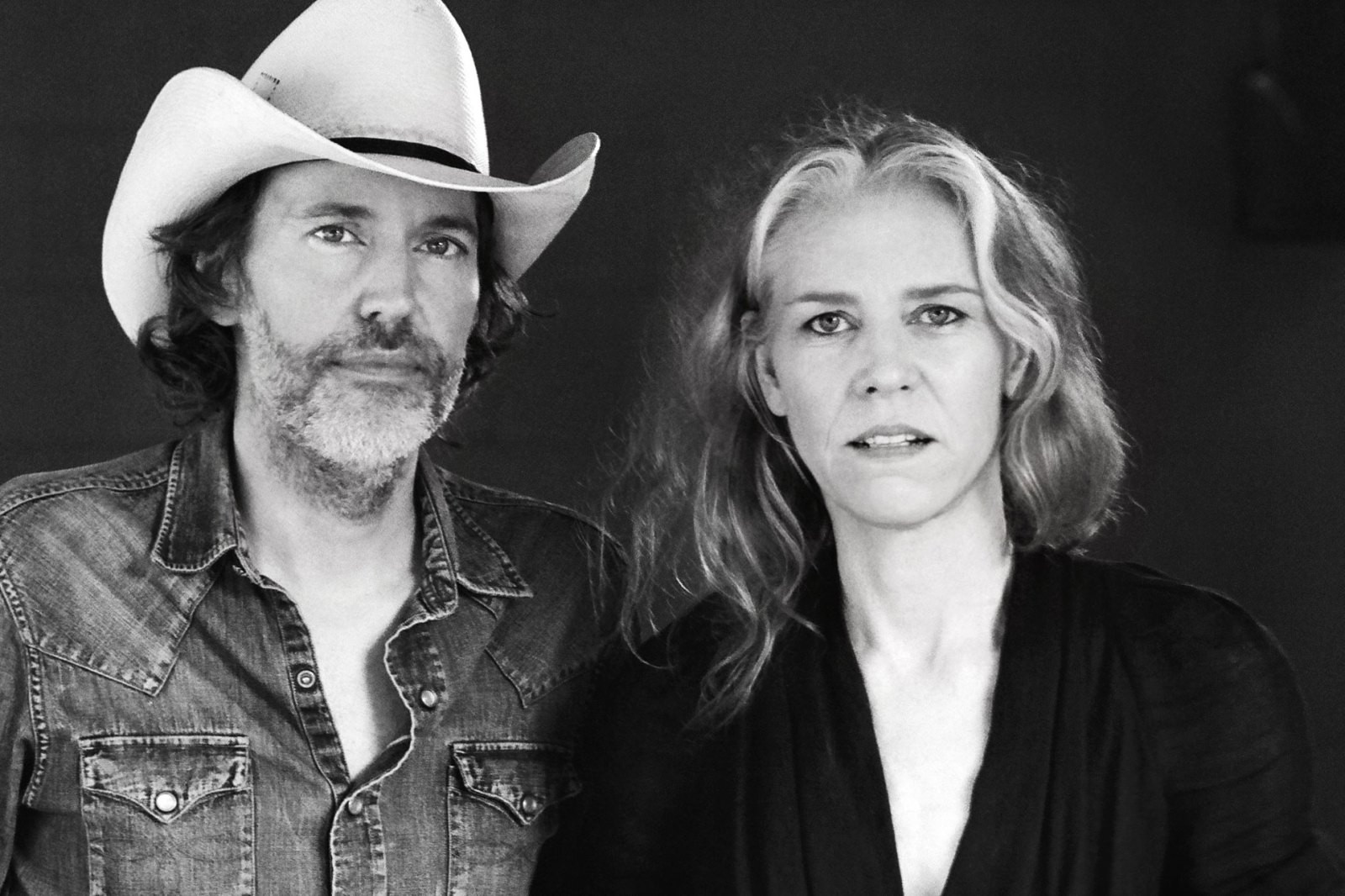Irish General Election 2024: A Nation Votes
The Irish general election is underway, with polling stations open from 7:00 AM to 10:00 PM local time on Friday, November 29th. Over 3.4 million people are registered to vote, choosing their representatives – Teachtaí Dála (TDs) – for the 34th Dáil, Ireland's lower house of parliament. This Dáil will comprise 174 TDs, an increase from the previous 160. The three-week election campaign has culminated in this crucial day, where voters will elect 173 TDs; one seat is reserved for the Ceann Comhairle (Speaker).
The Race for 88: Key Players and Predictions
The election features prominent parties like Fianna Fáil, Fine Gael (outgoing coalition partners), and Sinn Féin (the leading opposition party). Numerous smaller parties and independent candidates also compete for seats. The number needed for an overall majority is a crucial 88 seats. These parties will represent the 43 constituencies across the Republic of Ireland.
Yates' Bold Prediction: Fianna Fáil's Potential Dominance
Former agriculture minister, Ivan Yates, offers a provocative prediction: Fianna Fáil could secure up to 50 seats, exceeding most polls’ forecasts. His analysis, detailed in the Calling It podcast on Newstalk, suggests Sinn Féin might obtain around 38 seats, and Fine Gael approximately 35. Yates acknowledges the inherent imprecision of such projections but emphasizes Fianna Fáil's consistent underestimation in polls, citing a historical pattern where polls haven't accurately captured their actual support.
He highlights that polls underestimate the influence of individual candidates and the strength of Fianna Fáil's localized networks outside Dublin. The existing polls show Fianna Fáil at approximately 21%, Fine Gael at 20%, and Sinn Féin at 20%, a stark contrast to Yates' prediction. His analysis considers potential transfers between Fianna Fáil and Fine Gael, especially when close eliminations decide the final seats. He argues that the fragmented nature of Irish politics currently hampers smaller parties’ campaigns. The main narrative focuses on whether voters prefer the stability of the Fianna Fáil/Fine Gael economic model or want change after 100 years of the same coalition structure. Yates draws a parallel to the 2016 US presidential election, suggesting the narrative that best connects with voters determines the outcome.
Coalition Conundrums: The Drama of Government Formation
Yates' predictions have significant implications for government formation. A considerable gap between Fianna Fáil and Fine Gael could lead to extended negotiations and uncertainty. The challenge is forming a stable government with a viable majority, likely in the low 90s. The question of parity of esteem between Fianna Fáil and Fine Gael, particularly if Fianna Fáil emerges significantly ahead, is also likely to create friction. Yates anticipates weeks of intense negotiations, with the possibility of including Independents over a third party coalition partner. He also discusses the varied paths the coalition talks could take and the uncertainties involved. This process will determine whether there will be parity of esteem or not and the extent to which the different parties will find agreement.
The Fates of Smaller Parties: Labour, Greens, and Independents
Yates assesses the prospects of smaller parties, predicting Labour's potential to secure 6–12 seats. The Greens, however, face an uncertain future, partly due to their position within the previous government. Yates suggests they could lose seats due to a lack of support. He believes that Micheál Martin and Simon Harris would prefer Independent members who would guarantee a stable government, rather than working with the Labour Party. The potential for Independents’ role in coalition formation also plays a significant part in the post-election dynamics, with Yates indicating the importance of these individuals' decisions on the outcome of coalition talks. He mentions the possibility of a strong showing from a group of Independents who will help form a coalition with Fine Gael and Fianna Fáil.
Sinn Féin's Future and Mary Lou McDonald's Leadership
The article also discusses the future of Sinn Féin. Some speculation suggests this election might be Mary Lou McDonald's last as leader. Yates notes a striking absence of Mary Lou McDonald's posters nationwide. He suggests the recent poor local election performance, following a year of declining support, and mistakes made by Sinn Féin might lead to an internal review. The review could significantly impact the party's future leadership, and the analysis touches on possible replacements for McDonald. He underlines that the party's future direction, and consequently the role of its leader, remains an open question.
Election Day and Beyond: The Count and the Aftermath
The vote counting commences on Saturday morning, potentially extending into the following week. The first sitting of the 34th Dáil is scheduled for Wednesday, December 18th, at 10:30 AM. The formation of a new government hinges on the Dáil's vote to install a new Taoiseach (Irish prime minister). The next few weeks will provide a crucial window into the unfolding political landscape, shaping the future of Irish governance. The election will certainly leave a long lasting mark on the dynamics of Irish politics and it will be interesting to observe the evolution of the political situation in the coming weeks.

















